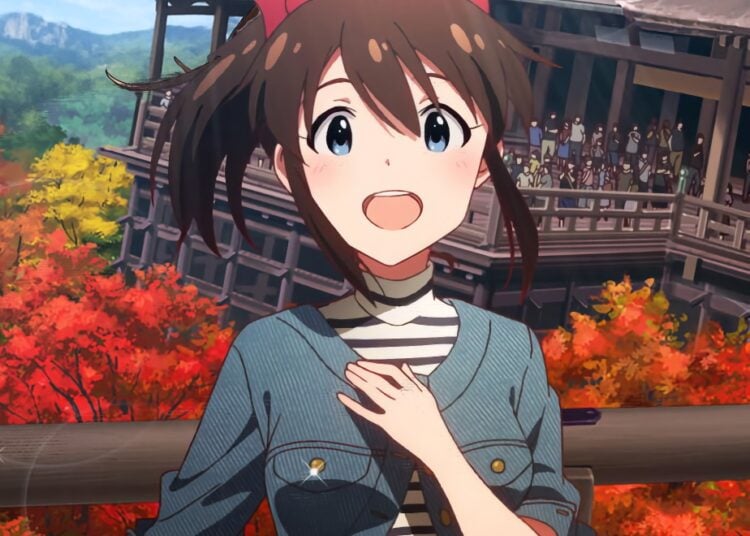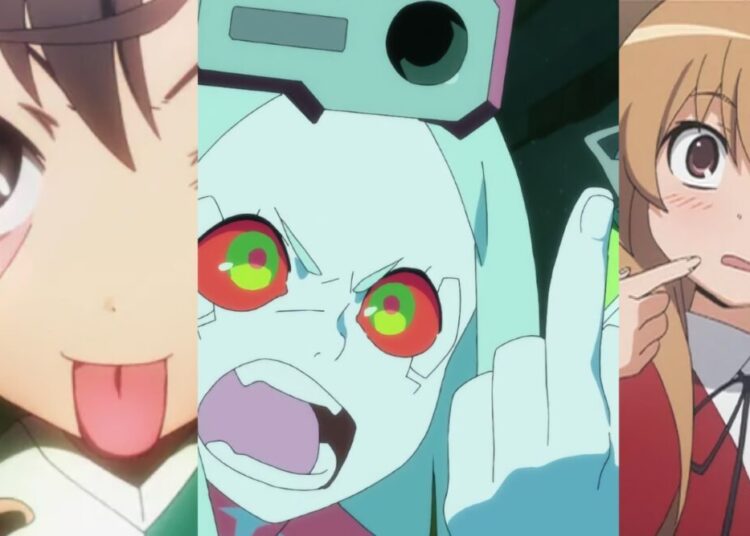The Japanese are very good at taking outside culture and adapting it to fit their own needs, and they have done this in many different areas, from Buddhism and writing from China to Hollywood movies from the USA to Flamenco dancing from Spain. Many Japanese have also embraced “black” culture from the USA, and have internalized a lot of the music and fashion style into themselves. I’ll never forget the time, soon after arriving in Japan, when I turned on the TV to see what I thought were two black gaijin speaking excellent Japanese on a variety program. It turned out I was watching the Bubblegum Brothers, a two-man JPOP group popular in the 1990s who adapted a “black style” that was so complete I was actually fooled. As part of their own personal vision quest, many young people explore the local hip hop and reggae music scene, and there are quite a few night clubs in our city where you can see “gangsta” or “rastafari” nihonjin partying til the wee hours of the morning. When Japanese think of black culture they think of the U.S. or Jamaica, but in reality most of the black foreigners in Japan are from Kenya or Nigeria. I always roll my eyes when, while walking in Tokyo’s hip Harajuku region, I overhear a Kenyan man talking to a Japanese girl saying, “Yes, I’m American,” despite his decidedly non-American accent. It’s more than just young people who are interested in black music and culture in Japan — back in my single days I used to frequent a bar with an owner who would play his collection of classic jazz and blues for his customers, which he played on honest-to-gosh LPs. That takes dedication.
Every country is different, and it’s a lot of fun noticing the differences I see in Japan and reporting them to you. One reflection of culture can be seen in the gestures that Japanese make in daily life, like the ubiquitous “peace” sign which shows up whenever someone takes out a camera. (A brief aside: when Japanese get their picture taken, then often say “cheese” just like in English, but an alternate version is to say “what’s one plus one?” which of course is “ni” in Japanese, which also results in a smile.) Some other gestures you might see include making a slash across the cheek with your forefinger, which means “That guy is dangerous, he looks like he’s yakuza“; raising a pinky, which means “I’m meeting my girlfriend tonight”; indicating themselves by pointing to their noses, rather than their chests, as North Americans would do; beckoning by seeming to wave their hand in a way that would mean “go away” to Americans; and good old “Banzai,” used mostly at political rallies in this peaceful era. One gesture the Japanese generally know but never use is the classic flipping of the bird, however they have the oddest habit of pointing to things using their middle finger, which always look odd to me.
The currency of Japan is the yen, a word which means “circle” since coins are round, or something like that. The yen was first introduced as part of the country’s modernization efforts during the Meiji Era in the 1870s. One unique aspect of the currency is its low per-unit value. If I want to eat a meal and America or Europe, $10 or 10 euros will usually be enough, but you can’t even buy a gumball with ten yen. To eat well, you’d need more like 1000-1500 yen, and for a family of four to eat properly might cost 5000 yen easily. A side-effect of this numerical oddity is, when learning to speak Japanese it’s necessary to get used to using very high numbers quickly. Want to buy a car? You’ll need 1-3 million yen. How about building a house? Depending on its size, you’d be looking at a 20 million yen expenditure. When I read about the current Japanese budget deficit expressed in yen, the numbers are so high that they might as well be expressed in scientific notation. Japan’s money is very efficient, with paper notes issued in values of 1,000, 5,000 and 10,000, whereas there are many more flavors of paper money used in the U.S. Like Europe, the Japanese force their citizens to use coins for low-value denominations like 100 and 500 yen rather than paper money, which takes getting used to but nets a significant savings for society overall, as coins can be used for decades. In America if you’ve got a pocketful of change you might be able to buy a couple of cokes, but it’s quite easy to have $20 worth of yen in your pocket in Japan.















